This is Part 5 of a special Forkast series on humorist Joel Stein’s adventures in blockchain. In Part 1, he opens a crypto wallet, and Part 2 finds him immersed in play-to-earn as an Axie Infinity gamer. Part 3 follows him into the metaverse to invest in virtual real estate, and Part 4 features him STEPN’ing it up for crypto move-to-earn.
_________________________________
What initially interested me in cryptocurrency — more than the anti-Wall Street ethos, the promises of privacy or the “Byzantine Generals problem” — was making money. A cousin of mine paid for an addition to his house in Pennsylvania with crypto. A teenage Bitcoin millionaire got Taylor Swift to sign a CD so he could launch it into space on his satellite. The Winklevoss Twins financed a national tour of Mars Junction, their cover band, with a sliver of their crypto billions. I wanted a piece of that. Not the middle-aged wannabe rock stardom. The generational wealth.
I was about to sign up with one of the many self-professed crypto pros who charge for lessons in crypto investing. But then a few friends mentioned a guy who gave them great “alpha” — information that led them to earn amazing returns. The alpha guy turned out to be a 35-year-old standup comedian I had contacted 10 years ago to write a piece for a humor website I was considering launching. Since then, he turned US$10,000 into more than a million dollars by investing in crypto. He asked that I not name him because, as he’s said onstage, “I’m kind of ashamed that I made money on crypto. So instead, I tell people I’m on my family’s trust fund.”
I went to his house in the Hollywood Hills, a few doors down from where Kurt Cobain once lived with Courtney Love and their baby, to learn how to day-trade cryptocurrency.
Alpha guy found crypto in the summer of 2017 when he was working as a writer’s assistant on a primetime network sitcom and he had a side hustle of credit card churning — legally signing up for one credit card after another for their cash bonuses and points. He wasn’t spending nearly enough money to hit the US$5,000 trigger for a 50,000-mile bonus, but he figured out that he could buy crypto with a new card and then sell the crypto back to pay the credit card bill. And because it was 2017 — when Bitcoin went from US$1,000 in April to nearly US$20,000 in December — he kept selling his BTC at a profit. “I was like, ‘Sweet, I made money!’ And I love gambling.”
Before this, he was betting on about four Major League Baseball games a day through online sites such as Bovada, at US$50 or US$100 each. Most of the people he’d later meet who were day trading crypto were former poker players who took up crypto after the U.S. made online poker gambling illegal.
He turned his US$10,000 to US$120,000 within six months. But a few days after that, it shrunk to US$35,000.
He put every paycheck into crypto, leaving him with a negative balance in his checking account as he also had to pay for food and his share of rent in a beer can-strewn house in the Thai Town section of Los Angeles that he shared with seven other roommates. “You know how you have a jar of quarters? I was putting that in. I was just going crazy,” he says. “I went so degen.”
Degen, I learned, is what crypto traders like to call themselves, in an ironically proud way, when they become degenerate gamblers by taking on too much risk. The trick was to go degen at the right time. And Mr. Alpha did. He put US$10,000 into coins with cool-looking logos, figuring other people would want to buy those.
He turned his US$10,000 to US$120,000 within six months. But a few days after that, it shrunk to US$35,000.
In December of 2018, he got a tip from a guy on 4chan who called himself Assblaster. He trusted Assblaster so much that he put all his remaining US$30,000 into a coin called Chainlink. One day after buying it, he lost half of his money. He was so distraught he thought he’d never trade again. He came down with what crypto traders call Bear Market PTSD.
He didn’t look at his Chainlink investment for five months. But in the summer of 2018, LINK prices started moving. Assblaster was right: over the next year and half, Chainlink rose from 30 cents to US$3.
He learned to invest with “stacks” — percentages of his investment that would be exposed to different levels of risk. If he had 10 Ether, the native token for Ethereum, he’d use one of them to buy Chainlink, and when that went up a lot, he’d put the profits in the Ethereum stack. Which is what he used to do when he went to actual casinos. Back then he used physical envelopes to separate his cash to buy chips. But with crypto — where everything is digital and just lines of code — he soon had four computers, each dedicated to researching and tracking different types of trades.
He bought Retardcoin, Tardcoin, Fagcoin and a crypto that was literally called Shitcoin.
Then he sold all his crypto, fearing a market crash. Instead, the pandemic hit.
By then, his crypto earnings had allowed him to upgrade to his own apartment. “I had a big beard. I barely showered. I was a complete hermit. I remember people being like, ‘I’m going to work out.’ Or ‘I’m going to read.’ I’m like, ‘I’m going to gamble.’”
During the worst of the pandemic, he went super degen. He rode Dogecoin to huge returns — what crypto enthusiasts would cheer as “to the moon” — based on Elon Musk’s tweets. Then Alpha got into day-trading shitcoins. These are coins that often got their start as a joke or a meme, and Alpha and everyone else knew were almost certainly worthless. But people bought them to play a game of chicken to see who could ride the wave up longest before it crashed.
Alpha bought Retardcoin, Tardcoin, Fagcoin and a crypto that was literally called Shitcoin. “One of my biggest wins was Asscoin,” he recalled. “The goal was to wait until the OnlyFans industry gets hold of this Asscoin. What does it do? I don’t know. It’s a community coin.”
He started “wallet watching” — following big investors, or “whales,” on Twitter who announce large purchases of coins. Then he correlated those announcements with large transactions visible on the public blockchain, to figure out their wallet addresses — so he could see their next crypto purchase before their next Twitter announcement that often would drive up the crypto’s price. So before the whale’s next tweet, he’d copy the trade to blindly make the same purchase as the whale’s wallet. He and a friend eventually coded a bot that would ping his phone whenever one of the whale wallets that they followed made a crypto purchase.
One whale wallet that he copy-traded was so reliably profitable for him that he called it Our New God. Its mysterious movements revealed to him the stealth launches of new coins, which was like being invited in on an IPO.
It became clear that the more hours that Alpha and his crypto day trading friends put into it, the more money they made. And if they took a break, they could miss out on a big moment. “They’re like, ‘Man, I just slept in and missed a generational wealth opportunity,’” he said. “People are joking, but they’re really not. They’re like, ‘Why did I go grocery shopping?’”
He became part of a 12-person community on Telegram that shared crypto trading tips. Most of them have fake names and frog profile pics. “I didn’t have a girlfriend. I didn’t have a job. My best friends were these fucking frog people,” he said. Since the Telegram group started two years ago, he’s met four in real life. One came to Los Angeles for an NFT convention and stayed at Alpha’s house for a week, starting each morning with dropping acid and then doing ketamine and cocaine with a vodka chaser as he traded crypto the rest of the day. Another drove an Uber and traded crypto at red lights.
The cryptos they invested in would change, but their strategy of gleaning info that most people did not know about, making a purchase and selling fast did not. Alpha also traded NFTs for a while and tried his hand at decentralized finance “yield farming.”
At a DeFi site such as Aave, he could use 50 Ethereum to borrow US$10,000 in a stablecoin such as Tether at a rate of 2%. Then he’d loan that Tether to a DeFi project like Yam Finance and get 10,000% return. Sometimes 100,000%. But the yields would be paid out in tokens such as YAM. “It was like printing money. Literally,” he said.
Because this newly minted crypto money could drop massively in value at any moment, some might deem it wise to sell your YAM tokens as soon as you got them. Unless you went super degen. Then you’d loan the YAM tokens to a different DeFi project for another 10,000% return in their token named after a different kind of food, like SUSHI, PIZZA or CAKE. This secondary food farm was so high-risk that it was referred to as the suicide pool.
None of these schemes, Alpha said, works anymore — now that the crypto market has crashed and easy money isn’t sloshing around anymore to invest in unaudited and unregulated DeFi projects run by anonymous teams under the banner of random food names. When we went to the YAM website, which once held hundreds of millions of U.S. dollars, there was US$504,787 left in the pool. Alpha couldn’t imagine who was still leaving their money there. “These aren’t investors,” he said. “These people died in plane crashes a year ago. Or they lost their private keys.”
At one point, he was making about 100 trades a day. The stress from little sleep, skipped meals, zero natural sunlight and risking his entire savings was overwhelming. He started to have panic attacks. When he found himself shaking uncontrollably, he’d take a shower and do yoga poses. After one hugely profitable trade, he experienced an existential crisis. “I went into the street and thought of calling an ambulance. I felt like I was having a heart attack.” He was so worried that he was dying that he walked up to a random woman on the street and asked her if he looked okay. To his surprise, she assured him that he did.
Unfortunately — or maybe fortunately — these easy-money opportunities are no longer available to me. The DeFi farms with names that make me hungry, the NFT minting, the shitcoins flying to the moon — none of it is happening now that we’re in a crypto winter.
All I could do was day trade, which the crypto folks call “scalping.” And even scalping wasn’t profitable anymore, since the cryptocurrency market was not only way down, but flat. Traders call it “crabbing,” since prices are now on the whole moving from side to side, never going up or down enough to profit on. But now that I knew all about how the crypto casino works, I wanted to roll some dice.
I put US$500 in an account with FTX, a large cryptocurrency exchange that Alpha said was also among the easiest to use. I pulled up the Bitcoin chart, marking it off into five-minute candlesticks. Each one was a vertical bar graph that showed the opening price, the closing price and the high and low within that time period. “I would even sometimes do the one-minutes. Which is like crack,” Alpha told me.
I was supposed to look for patterns within a stretch of candlesticks that implied a range that people were trading it at. If it went to the bottom of that range (the support) I bought until it reached the top (the resistance).
Now that I knew all about how the crypto casino works, I wanted to roll some dice.
But the reality was more complicated. On my FTX chart, I created a yellow line at an exponential moving average of 20 and a red one at an exponential moving average of 50. Then I set a “Williams Fractal” with an up triangle of green and a down triangle of red. If the yellow line was above the red line, and the green triangle between the lines, I was supposed to buy and hold until the green candles turned red. It was not important that I understood what any of those phrases meant.
I wanted to bet the “perpetual futures” of a coin. That way I could get 20X leverage so I could gamble up to US$10,000 with the US$500 in my account.
But FTX would not let me. The exchange now requires U.S. users to put a minimum of US$100,000 in their account to access leverage. But Alpha’s frog friends relayed that European FTX users could still get it without the minimum. So I set my VPN to the Netherlands. Unfortunately, I was unable to come up with a Dutch mailing address and a Dutch cell phone number. My mentor checked with his frog friends, and one of them said he had solved this problem by creating and submitting a fake foreign passport.
So I traded with just US$500.
As if the chance to make crypto millions wasn’t exciting enough, FTX gamified trading with a leaderboard. It assigned me the name of “Firmer-Equitable-Dough,” which is what I now use as my crypto bro name everywhere as it invokes the fairness of decentralization, the potential for riches, and a strong handshake. My goal was to beat someone named “serious_lols.”
I logged on a little before 9:30 a.m. EST on July 5, since Bitcoin — and all crypto for that matter — tends to move most when the New York Stock Exchange opens. (A similar crypto witching hour happens when Asian markets open as well.)
Immediately, I saw a breaking news alert: “Dow falls more than 400 points as Wall Street grapples with recession fears.” This does not seem auspicious. While Bitcoin is often called “digital gold” for supposedly being a hedge against the stock market, it actually often tends to move in parallel. Only more dramatically.
This was why, when I looked at my yellow line, it was never above the red line. There was no signal that it was time to buy.
Still, staring at changing numbers is exciting. Like with sports scores. Or likes and retweets. I would happily watch a TV show that was just strings of digits changing.
After an hour of seeing the yellow and red lines in the wrong places, I got itchy. I spotted a green Williams Fractal and two green candlesticks, which I decided was a sign of opportunity, even though the yellow lines and red lines were in the wrong spots. In the corner of my Macbook Air screen, I saw some big upcoming buy orders flash green in Bitcoin’s public order book.
I bought BTC with every dollar I had.
I got my Bitcoin at US$19,429 and rode it up to US$19,473. Then a red candlestick appeared. I was determined to tough it out when my 13-year-old son Laszlo walked into the room. I started to explain EMA and Williams Fractals, but all Laszlo saw was the red climb up and up in real time, and he freaked out that my money was disappearing. In a stern tone, the kid told me to get out of the market, right now, before I lost it all.
I sweatily pressed “sell” and cashed out my earnings.
I had made 10 cents.
I was not going to beat serious_lols.
It was suddenly obvious that Bitcoin was not going to double or go to zero in 15 minutes. And even if it did, I’d only make or lose US$500.
Even knowing that, I couldn’t stop looking at those numbers move. Twenty minutes later, I had three tabs open, following charts for Bitcoin, Ethereum and Litecoin. I believed that I’d figured out my edge: Litecoin moved first, followed by Ethereum, and then Bitcoin. If I saw a green hammer in Litecoin, my leading indicator, I could switch over to Bitcoin and beat the market there.
My theory did not pan out and that cost me — several cents.
After a couple of hours of successful trading, I had earned almost US$4. But I was left with US$499.73 after paying FTX’s fees of nearly US$1 per trade.
Later that same day, I went to visit an art museum with my wife and son. When we got home, Bitcoin had gone way up — about US$100 higher than when I bought it — before it came down again. I had slept. It is weird how bummed I was about this, since it meant I lost out on earning a maximum of 60 cents.
When I reported my day-trading washout to Alpha, my mentor, he said he wasn’t surprised. Investing is based on optimism. And optimism in crypto is down.
But a rising market or another crash could happen anytime, which would open up opportunities for me to day trade more profitably. “The biggest use case of crypto is giving people 24-hour access to gamble on a level that we’ve never seen before,” Alpha said. “That doesn’t sound sustainable, but maybe it is. People are always going to want to gamble.”

You can get bonuses upto $100 FREE BONUS when you:
💰 Install these recommended apps:
💲 SocialGood - 100% Crypto Back on Everyday Shopping
💲 xPortal - The DeFi For The Next Billion
💲 CryptoTab Browser - Lightweight, fast, and ready to mine!
💰 Register on these recommended exchanges:
🟡 Binance🟡 Bitfinex🟡 Bitmart🟡 Bittrex🟡 Bitget
🟡 CoinEx🟡 Crypto.com🟡 Gate.io🟡 Huobi🟡 Kucoin.
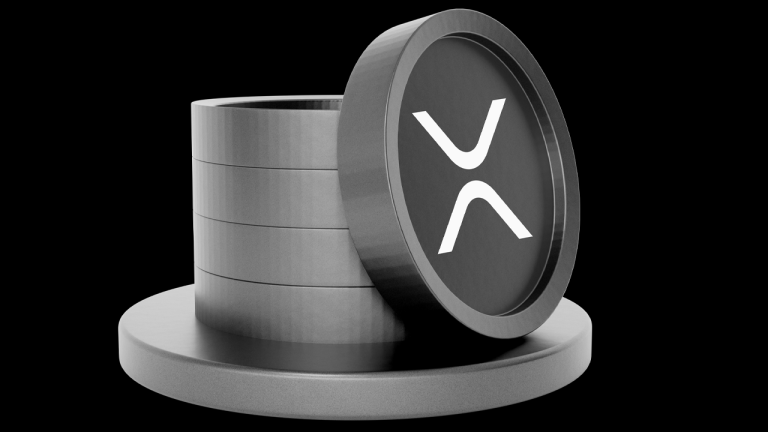





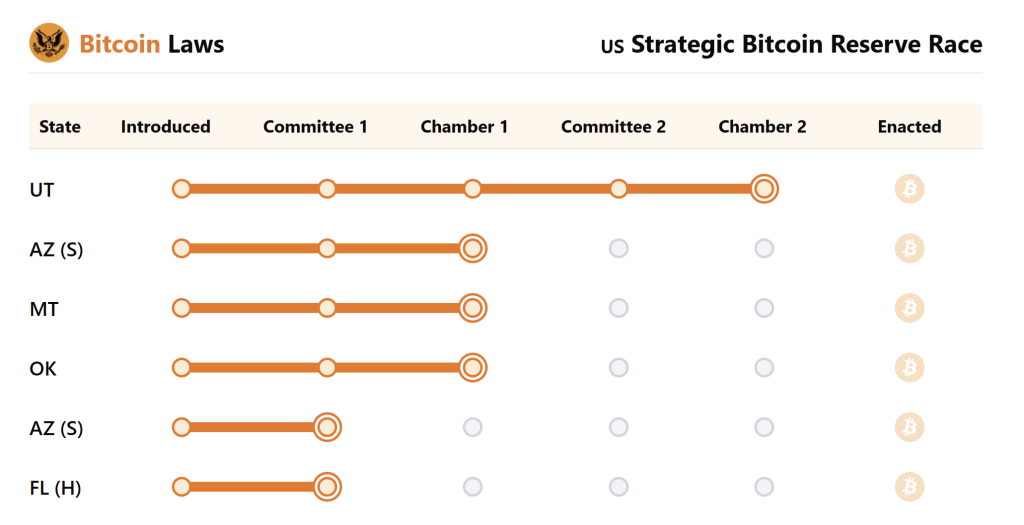
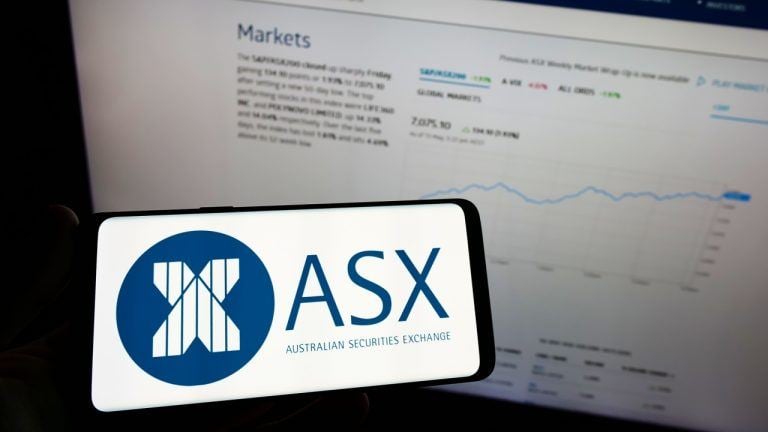




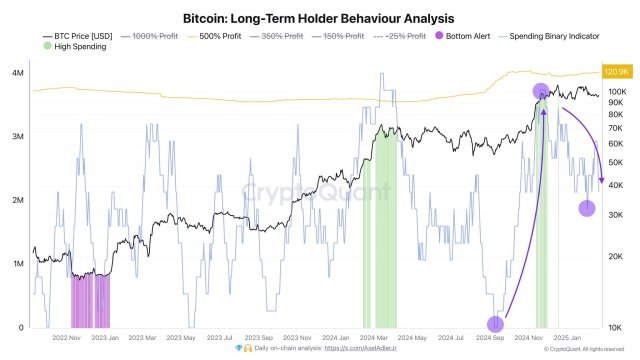

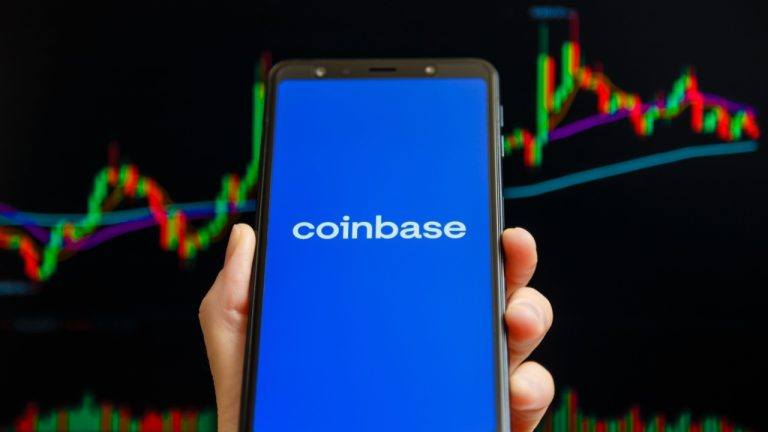





Comments